1. Four Houses, Four Founders

Hogwarts School of Witchcraft and Wizardry was established by four of the greatest magical practitioners of their time in the tenth century: Godric Gryffindor, Helga Hufflepuff, Rowena Ravenclaw, and Salazar Slytherin. They shared the single, profound ambition of creating the world’s finest magic school, a hidden sanctuary built in the Scottish Highlands far from Muggle persecution. Each founder championed a specific set of virtues, and their individual Houses were designed to attract and cultivate students who embodied those chosen traits. The Houses became a competitive but collaborative structure that defines the student experience, with students vying for the coveted House Cup.
2. Gryffindor: The Brave and Bold
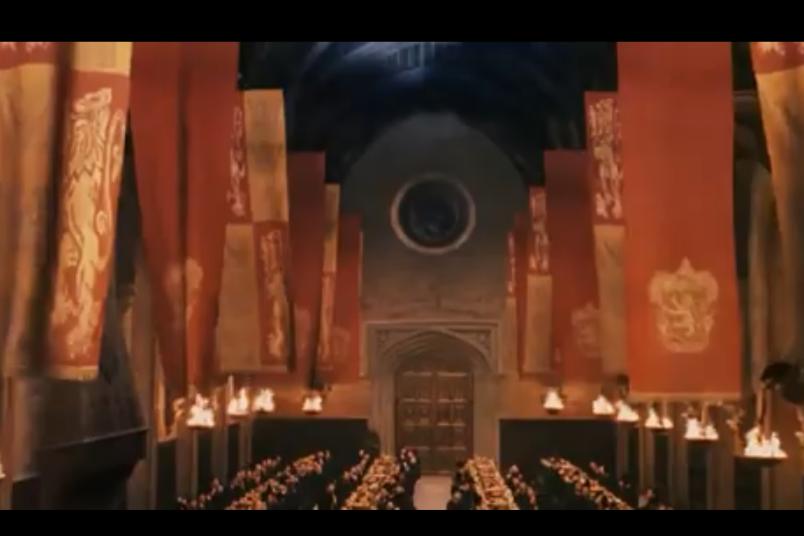
Gryffindor House, founded by Godric Gryffindor, stands for courage, nerve, and chivalry. Its mascot is the lion, and its colors are scarlet and gold. The students sorted here are those who possess a natural inclination toward heroism, a strong sense of justice, and a willingness to stand up for themselves and others, often acting first and thinking later. A defining example of the house’s value for moral courage is Neville Longbottom, who, despite his initial timid nature, proved his worth by confronting his friends to enforce school rules and, ultimately, by destroying the final Horcrux in the Battle of Hogwarts. The courage valued here is not always flashy, but a deep-seated bravery.
3. Hufflepuff: Justice, Loyalty, and Toil
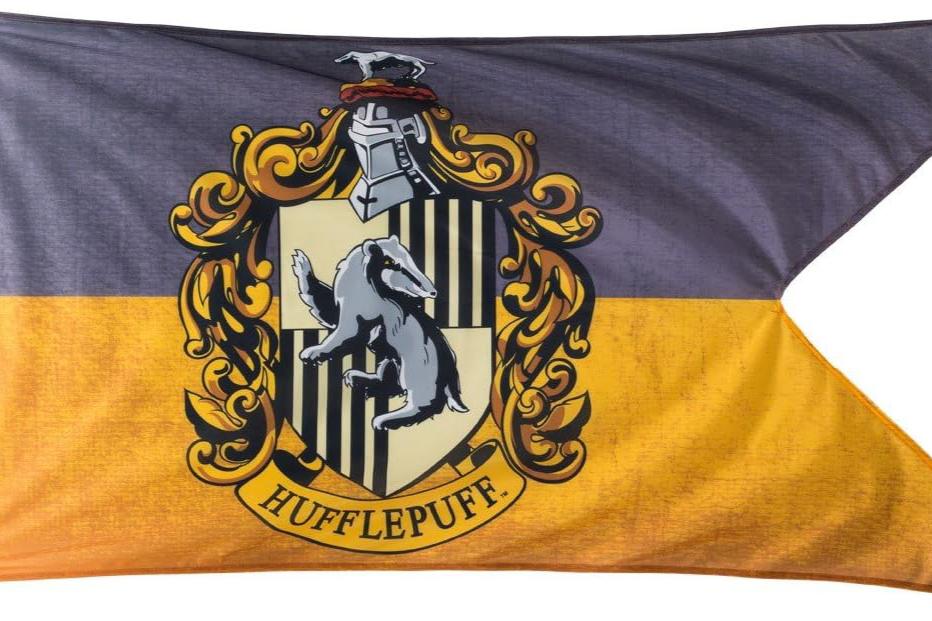
Helga Hufflepuff founded the house that values hard work, patience, loyalty, and fairness, qualities embodied by its badger mascot and its yellow and black colors. Unlike the other founders who selected students based on specific talents, Helga Hufflepuff famously declared she would teach “the lot, and treat them just the same,” emphasizing inclusivity and dedication. Hufflepuffs are known for their strong moral compasses, unwavering dependability, and devotion to their friends. It is notable that Hufflepuff has produced the fewest Dark Witches and Wizards of all the Houses, demonstrating the steadfast goodness and loyalty of its members, such as Cedric Diggory and Nymphadora Tonks.
4. Ravenclaw: Wit, Wisdom, and Learning

Rowena Ravenclaw’s house prizes intelligence, learning, wisdom, and wit, traits symbolized by its eagle emblem (though a raven is sometimes used in the films) and its blue and bronze colors. Ravenclaw students are known for their sharp minds, creativity, and intense thirst for knowledge, often seeking to solve riddles and analyze everything around them. Their common room, situated high in Ravenclaw Tower, famously requires a student to solve a riddle posed by an enchanted knocker to gain entry, reinforcing the house’s focus on intellect over brute force or password memorization. A perfect example is Luna Lovegood, whose eccentricity perfectly demonstrates that Ravenclaw wit can be creative and unconventional, not strictly academic.
5. Slytherin: Ambition and Resourcefulness
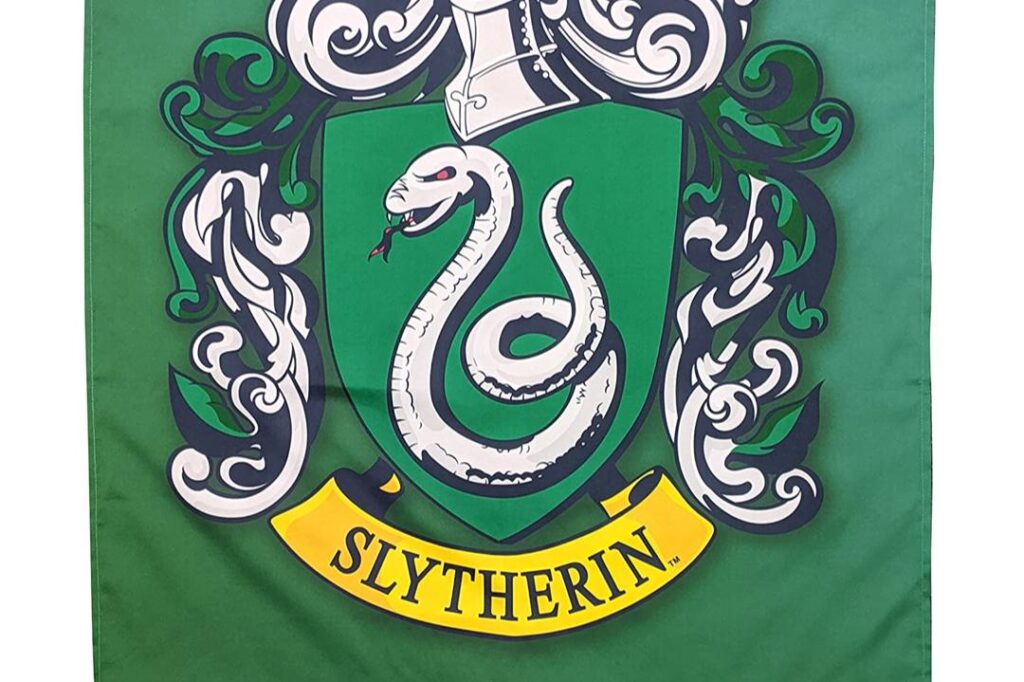
Salazar Slytherin founded the House defined by ambition, cunning, leadership, and resourcefulness, traits represented by the serpent mascot and the colors green and silver. While the house has gained a notorious reputation for producing many Dark Wizards, including Lord Voldemort, the core values themselves are not inherently evil. Slytherins are goal-oriented, determined, and possess a strong sense of self-preservation, often using clever planning to achieve their ends. Even virtuous Slytherins demonstrate these traits; for instance, Severus Snape used cunning and resourcefulness as a double agent, and Narcissa Malfoy used her cleverness to protect her son by lying to Voldemort, demonstrating loyalty to her family above all else.
14 Secret Places Revealed By the Marauder Map in Harry Potter
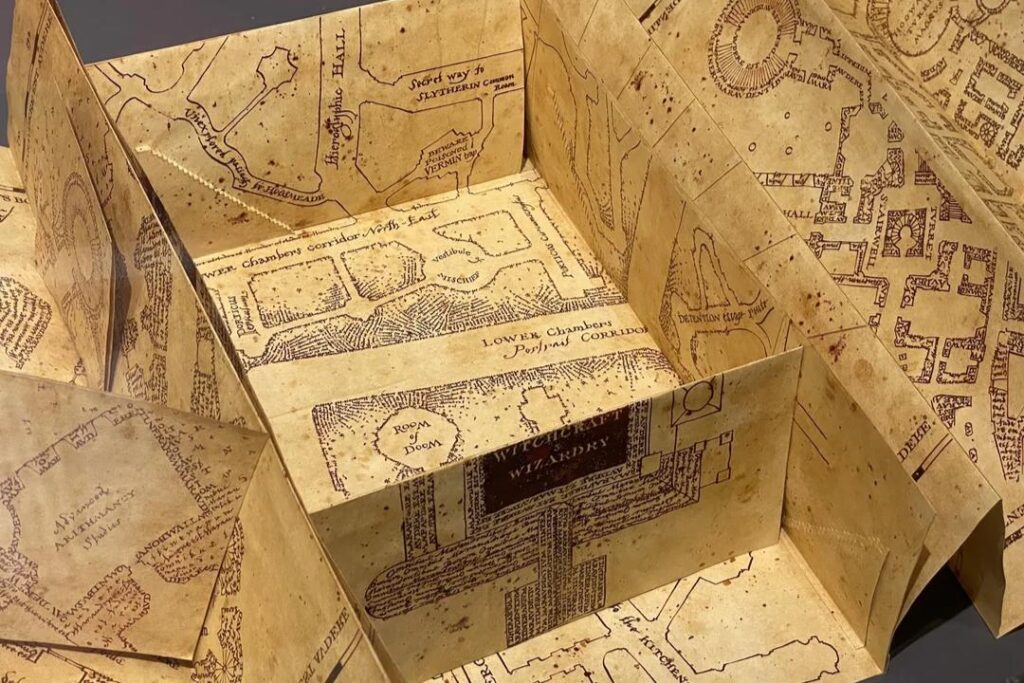
Hello there! Have you ever wanted to explore the nooks and crannies of Hogwarts, knowing exactly where to go and whom to avoid? The Marauder’s Map, gifted to Harry Potter by the mischievous Weasley twins, is more than just a piece of parchment; it’s a window into the castle’s deepest secrets.
1. The Full Layout of the Castle
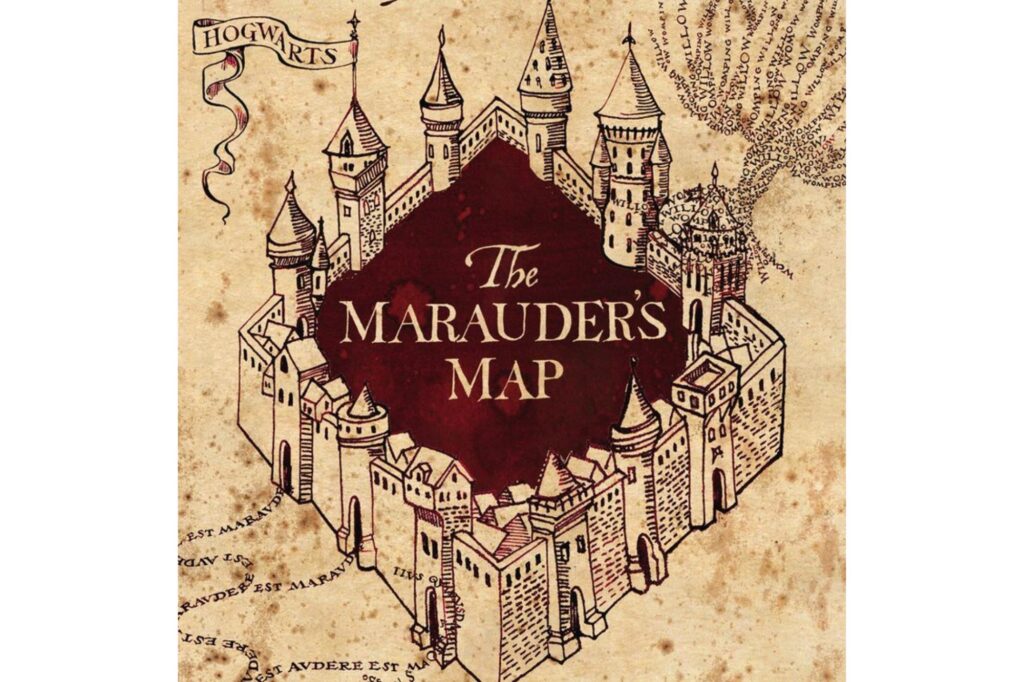
The most important secret the Marauder’s Map reveals is the complete, real-time blueprint of Hogwarts Castle. It plots every classroom, tower, courtyard, and hallway, giving its user an unprecedented, all-access view. This was a monumental achievement of magical cartography, as the castle is notorious for its constantly shifting staircases and hidden, bewitched architecture. The map’s ability to show the castle’s true, permanent structure allows its user to navigate confidently through the labyrinthine school, avoiding all the magical surprises that might confuse an ordinary student or teacher.
2. Live Tracking of Every Inhabitant
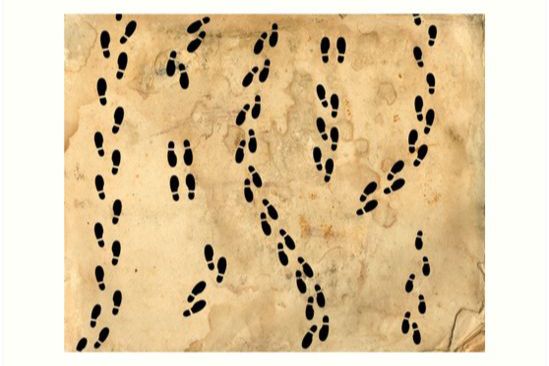
The map’s magic, driven by the powerful Homunculous Charm, goes far beyond static architecture by tracking the live movements of nearly every single person inside Hogwarts, represented by tiny, labeled footprints. This feature is what truly made it an indispensable tool for mischief and, later, a critical instrument in major plot points. Crucially, the map is immune to many forms of disguise; it can see through Invisibility Cloaks, and it reveals a person’s true identity even if they are using Polyjuice Potion or have transformed into their Animagus form.
3. The One-Eyed Witch Passageway
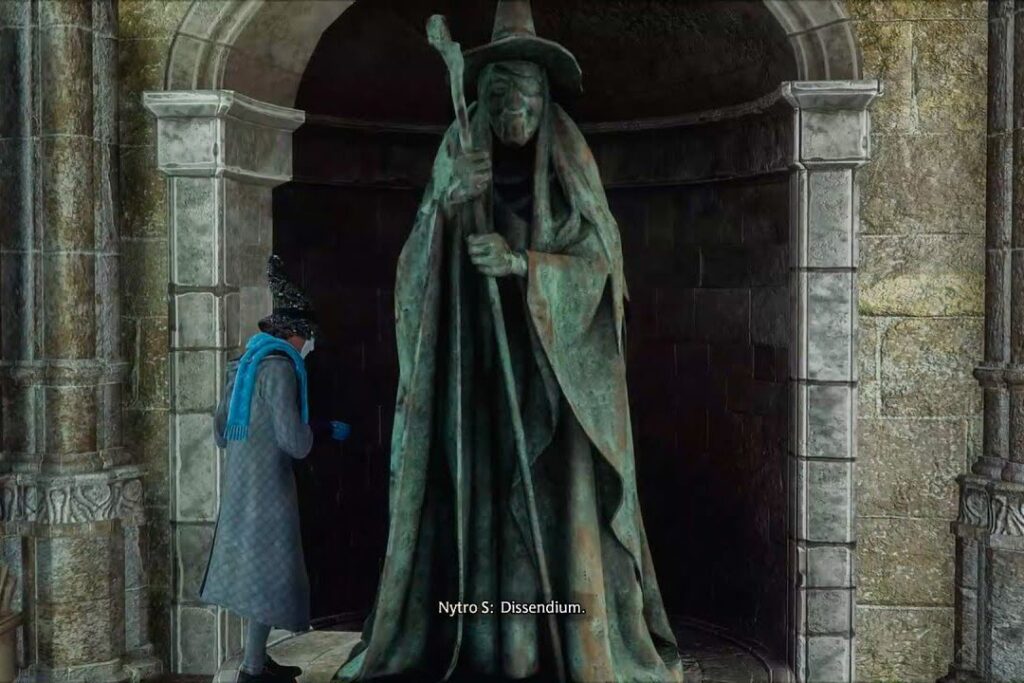
This is perhaps the most famous of the seven secret routes, as it is the passage Harry Potter uses most often to sneak into Hogsmeade. The entrance is concealed within the statue of a one-eyed witch located on the third floor. To open it, one must tap the witch’s hump with a wand and utter the charm, “Dissendium.” The tunnel leads directly into the cellar of Honeydukes Sweetshop in Hogsmeade, making it an extremely convenient way for students to bypass school grounds and visit the village without permission.
4. The Whomping Willow Passage to the Shrieking Shack
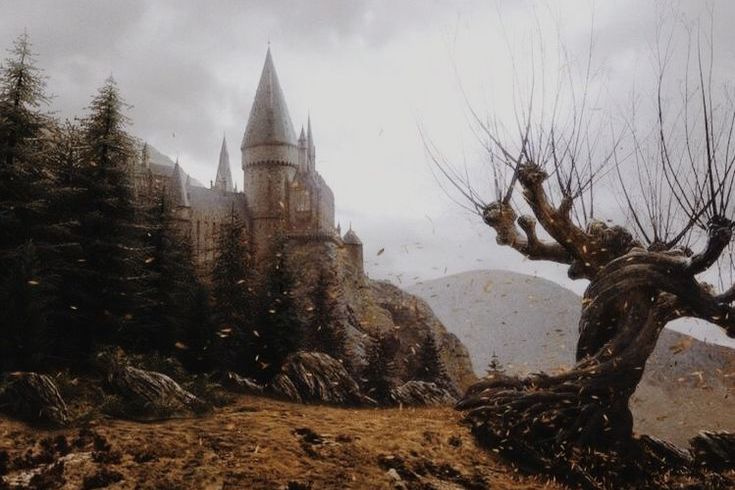
A highly significant passage is the one leading from the base of the Whomping Willow to the Shrieking Shack, the most notoriously haunted building in Britain. The passage itself is accessed by pressing a knot on the trunk of the extremely aggressive Whomping Willow, which instantly immobilizes the tree’s thrashing branches. This tunnel was originally created to allow Remus Lupin, a werewolf, to safely transform each full moon without harming others. The Marauders would accompany him in their Animagus forms, Prongs (James), Padfoot (Sirius), and Wormtail (Peter), to keep him company.
5. The Secret Behind Gregory the Smarmy’s Statue
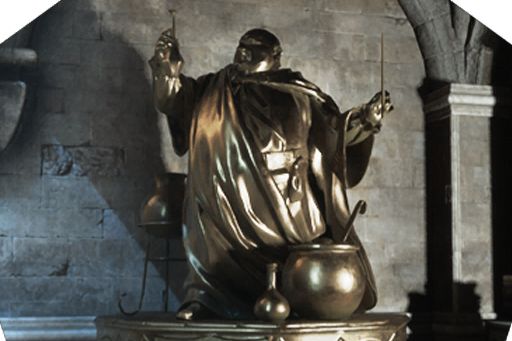
A less-used, though well-known, passage is located on the fifth-floor corridor behind the statue of Gregory the Smarmy, a medieval wizard. This is one of the four secret passages that the caretaker, Argus Filch, knew about and kept under surveillance, making it a higher-risk option for sneaking out. Fred and George Weasley warned Harry not to use this particular passage because of Filch’s knowledge of it, demonstrating the Marauders’ original goal of mapping all routes, including those already discovered, to inform their strategy for outsmarting authority.
6. The Fourth-Floor Mirror Passageway
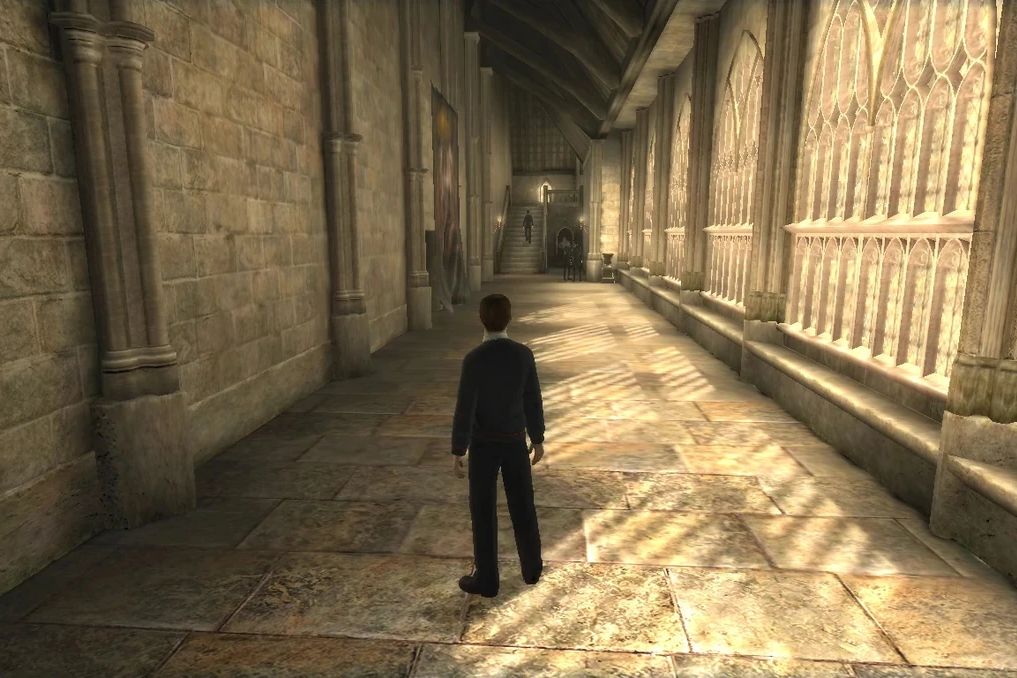
The Marauder’s Map once showed a hidden route behind a mirror on the fourth floor that led to an unknown location in Hogsmeade Village. This passageway was a favorite of the original Marauders. However, Fred and George Weasley later informed Harry that this tunnel had caved in or collapsed sometime during their early years at Hogwarts. The map’s detail helps to remind the user that the ancient castle is subject to structural changes, and not all revealed secrets remain open forever, forcing resourceful students to rely on the functional ones.
7. The West Well Passageway to a Hogsmeade Fountain
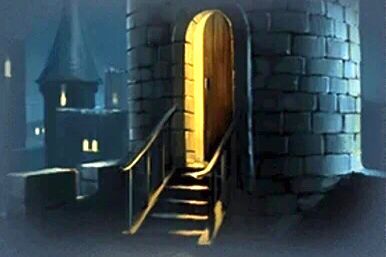
One of the more obscure exits is the passageway that can be found by descending an old well in the west wing of the castle. According to the illustrated versions of the map, following this flooded tunnel would lead students to an outside fountain in Hogsmeade Village. By the time Harry Potter attended the school, this route was already in disuse, with parts of it being underwater. This detail underscores the comprehensive nature of the map, which includes routes that may be defunct but were, at one time, a valid part of the castle’s clandestine network.
8. The Passageway Behind the Tapestry
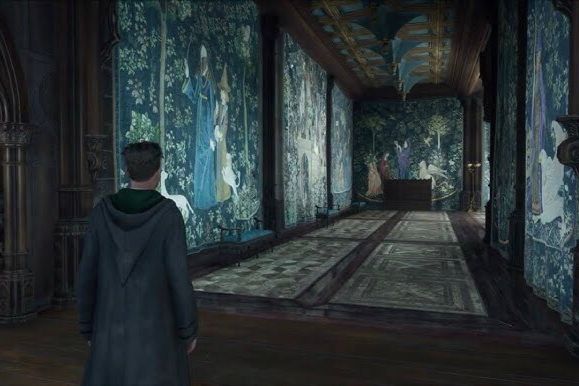
The Marauder’s Map highlights a passage concealed behind a large tapestry. While the specific location of this tapestry is never precisely detailed in the main narrative, its inclusion confirms that the mapmakers cataloged every shortcut they found, even those that were merely convenient internal corridors rather than exits from the castle. Hidden spaces like this would have been ideal for quick travel between different parts of the extensive school, making it possible for the Marauders to rapidly traverse the grounds to avoid detection.
9. The Room of Requirement
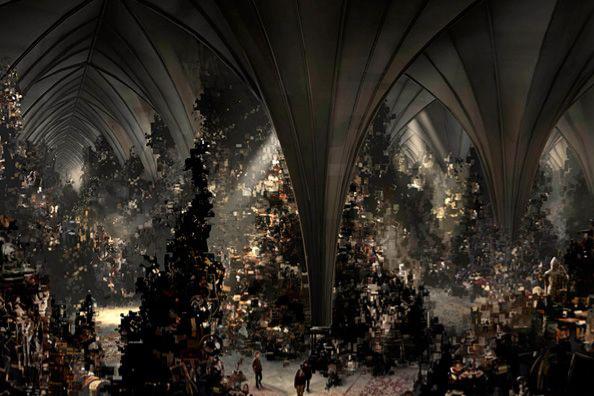
While not a fixed passageway in the traditional sense, the Marauder’s Map would reveal the presence of individuals inside the Room of Requirement, despite the room itself being unplottable and appearing only when needed. This unique magical room, located on the seventh floor opposite a tapestry of Barnabas the Barmy, morphs to become whatever the seeker needs, from a place for D.A. meetings to a hiding spot for horcruxes. The map’s ability to show people within the room, even if it cannot depict the room itself, underscores its powerful tracking enchantment.
10. The Secret in the Toilet (Chambers of Secrets)
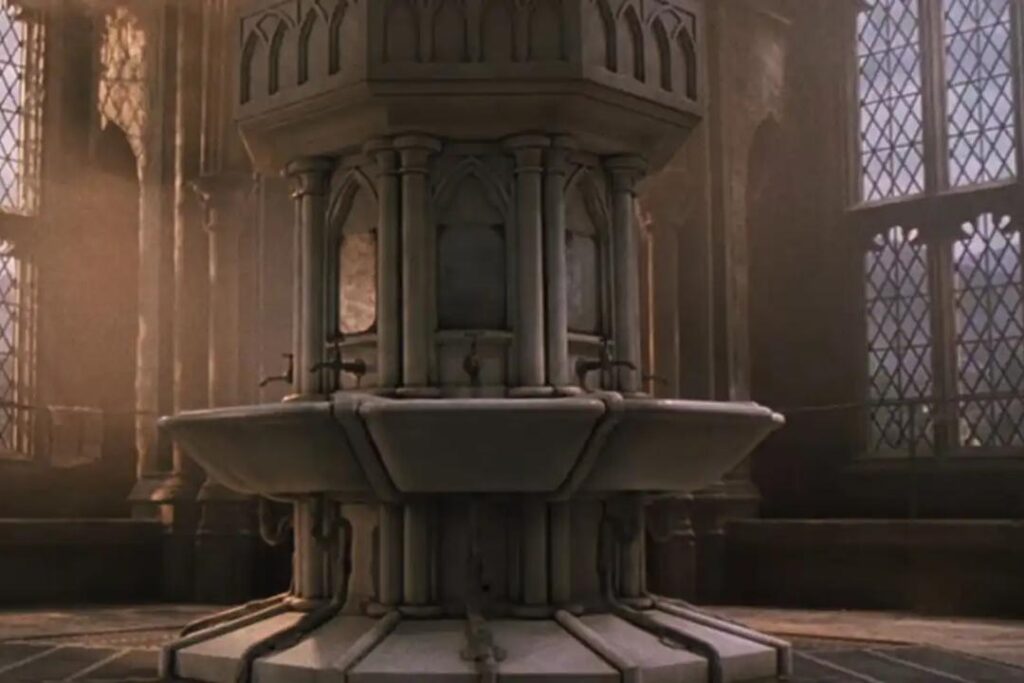
One of the most surprising secret locations revealed on the extended versions of the map is a passage found in a toilet. The inclusion of such a detail emphasizes the Marauders’ willingness to explore every possible hidden space within the castle’s architecture, no matter how unsavory. While the final destination of this particular passage is not specified, it is presumed to be one of the seven total secret exits leading to the village of Hogsmeade, offering a truly unconventional means of escape for the rule-breaking students.
11. Mrs. Norris’s Movements
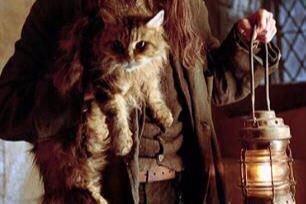
Beyond the physical location of rooms and passages, the map’s greatest “secret” is its magical ability to track non-human inhabitants. It clearly displays the movements of Mrs. Norris, the scrawny and overly loyal cat belonging to Argus Filch. This feature is crucial, as avoiding Filch’s feline spy is half the battle for any student sneaking around at night. Knowing the exact location of Mrs. Norris allowed the Marauders, and later Harry, to precisely time their movements to avoid getting caught in the act.
12. Peeves’ Location and Trajectory
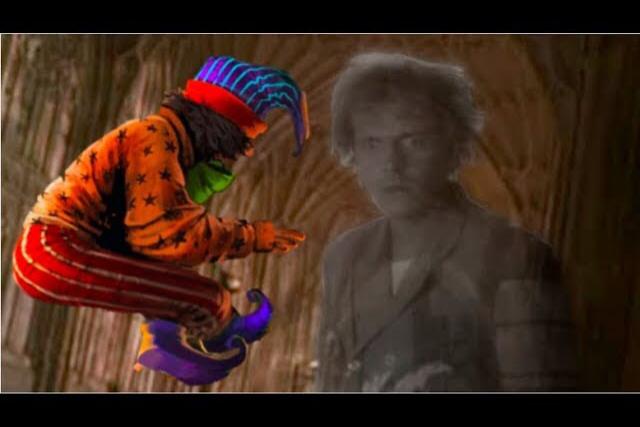
The map diligently tracks the movements of Peeves the Poltergeist, a chaotic, non-corporeal entity who wreaks havoc throughout the castle. Showing Peeves’s location is a vital tactical advantage because the poltergeist is a pure agent of disruption, capable of giving away a student’s presence to prefects or teachers. Knowing exactly where Peeves is floating and the direction he is traveling allows for strategic detours, enabling the user to bypass the castle’s greatest unpredictable hazard.
13. The Names of the Marauders
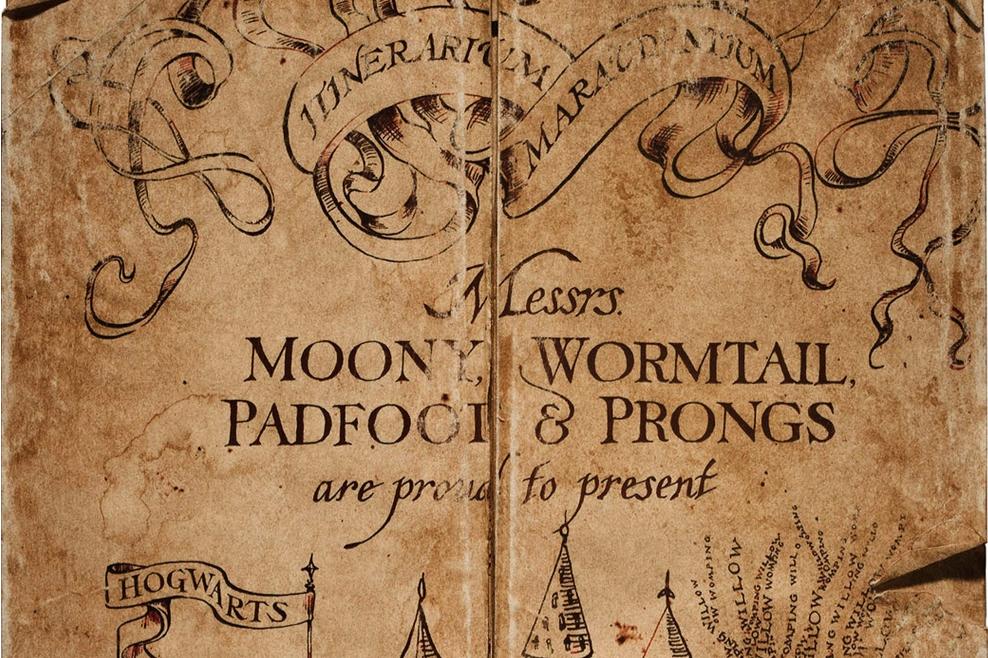
A secret about the map itself is the hidden identity of its creators, subtly revealed on its cover: “Messrs. Moony, Wormtail, Padfoot and Prongs.” This serves as a continuous, coded reminder of its origins. For years, the names were a secret to everyone but the creators and the Weasley twins, but for Harry and Professor Lupin, these nicknames finally revealed the full, personal story of James Potter and his closest friends, tying the map directly to Harry’s family history in a deeply meaningful way.
14. Anomaly: The Staircase with the Trick Step
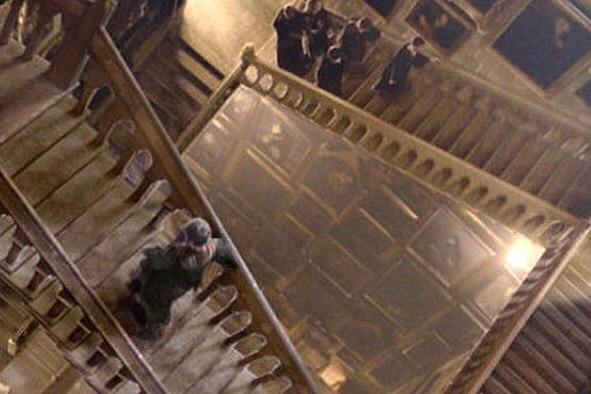
While the map details every known area, the live tracking feature also provides a constantly updated layout of the castle’s shifting elements, like the unpredictable staircases. For instance, the map likely highlighted the exact location of the staircase with the trick step that traps unsuspecting students, allowing the Marauders to navigate this particular hazard with ease. This constantly changing environment is a secret in itself, and the map’s real-time accuracy is the only way to consistently master it.
The Marauder’s Map is a masterpiece of magical ingenuity, a perfect blend of cartography and powerful charms. It’s a testament to the fact that the greatest secrets are often hidden in plain sight, and that a little bit of mischief can reveal a whole world of adventure within the ancient walls of Hogwarts.
Which house would you want to be in, and what other secret places have we forgotten? Leave your thoughts in the comments!
This story What The Hogwarts Houses Truly Stands For, and 14 Secret Places Revealed By the Marauder’s Map in Harry Potter was first published on Daily FETCH


